Our campaign focus is to change the conversation around menstruation. It’s currently a pervasively taboo topic, even though it is something (over) half the world’s population experiences every month, for decades. We want to empower women through insight – allowing them to learn their flow, because even after years of menstruating, we all still fear embarrassing ourselves in public by staining our clothing, forgetting whether or not we put in a tampon and accidentally inserting two, or worse.
We have surveyed hundreds of women worldwide, mostly from the US (where we are from); over half of them would buy a product that would help them prevent staining/leakage on their period, a product that would help them prevent waste/excess comfort due to premature removal of their hygiene product, a product that would help them predict when their period would stop and start each cycle, a product that would assist them in predicting the heaviness of their period on a given day, and a whopping 82% are ready to buy a product that would help them prevent Toxic Shock Syndrome and other menstrual-related complications.
In addition to our survey validation, our team has visited multiple sites, both in China and the San Francisco Bay Area, asking women face to face, with either a rendering of our product or a looks-like prototype and a detailed explanation of how it works, whether they would be part of a beta group that would have early access to our product as soon as it was ready in order to test in real time. 77% said "Where can I sign?!" Needless to say, we're pretty darn excited about where we can take this!
 Amanda Brief
Amanda Brief
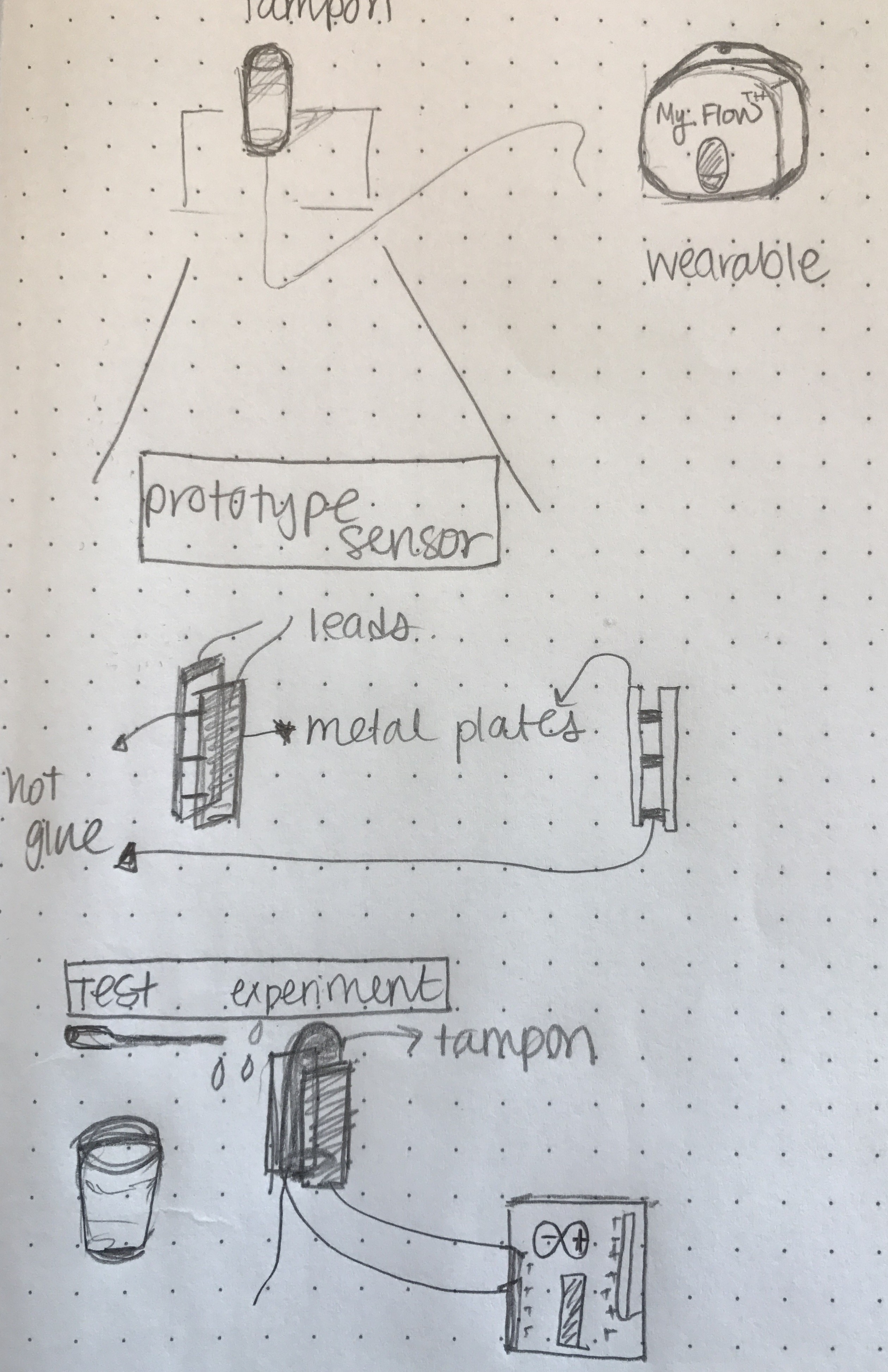
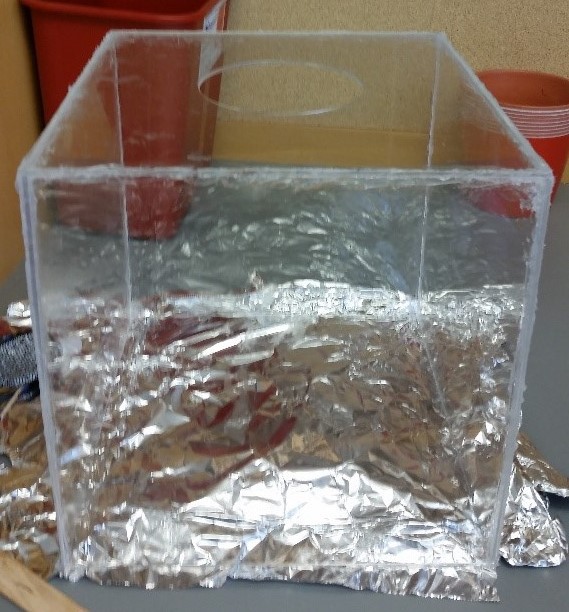
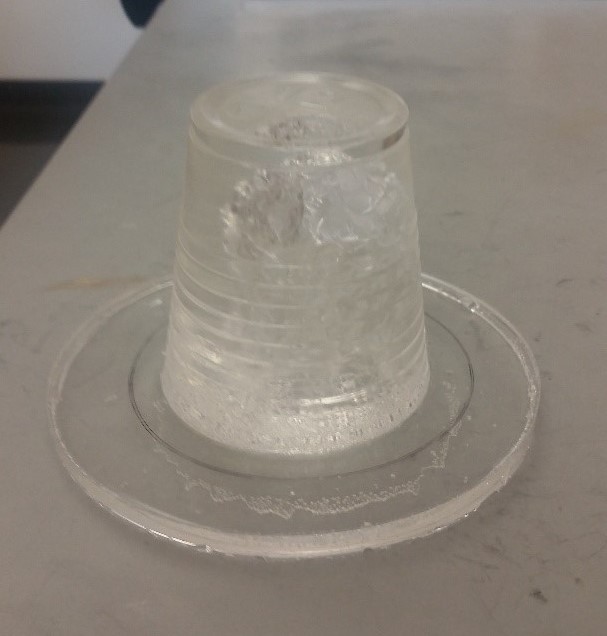
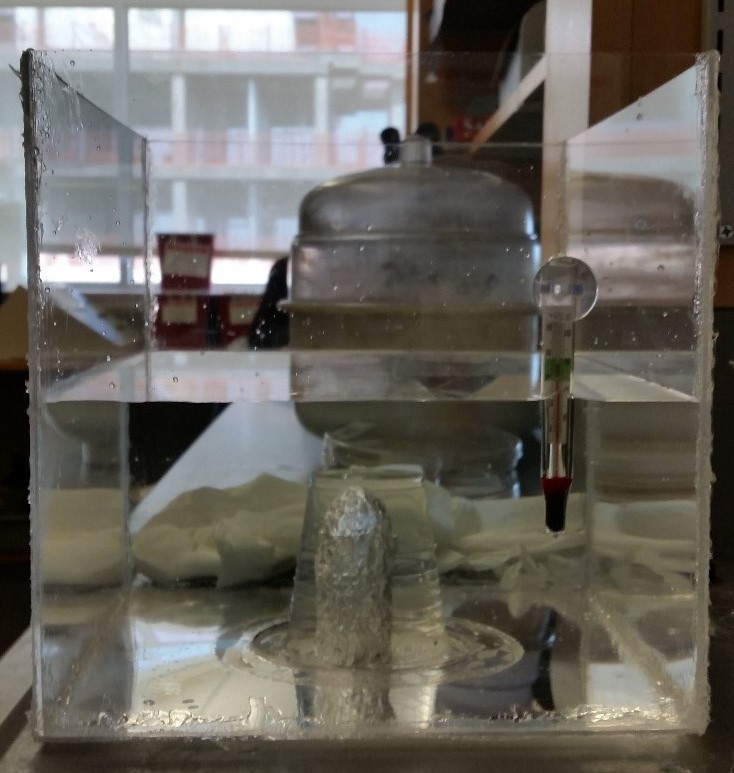
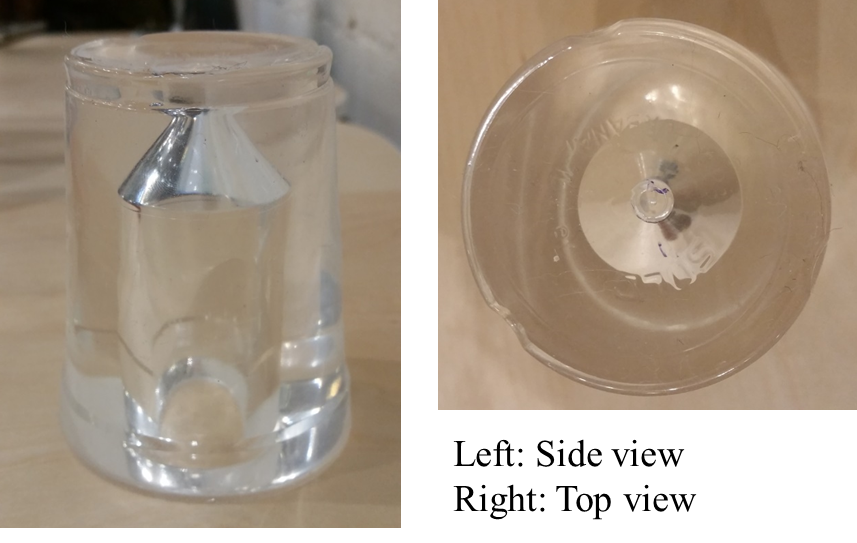

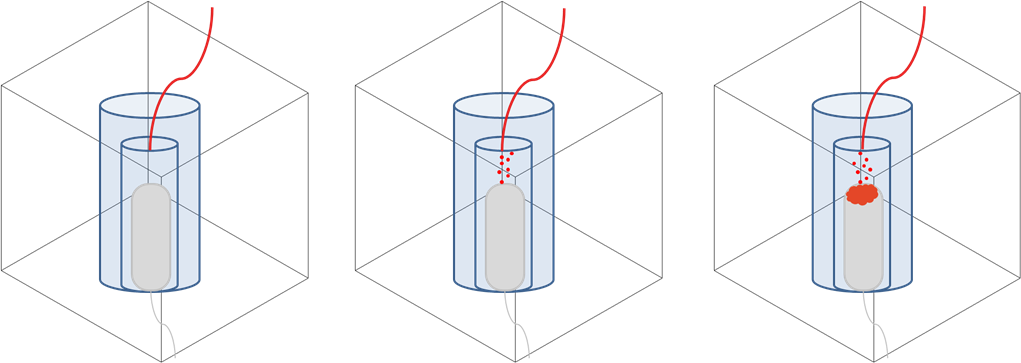
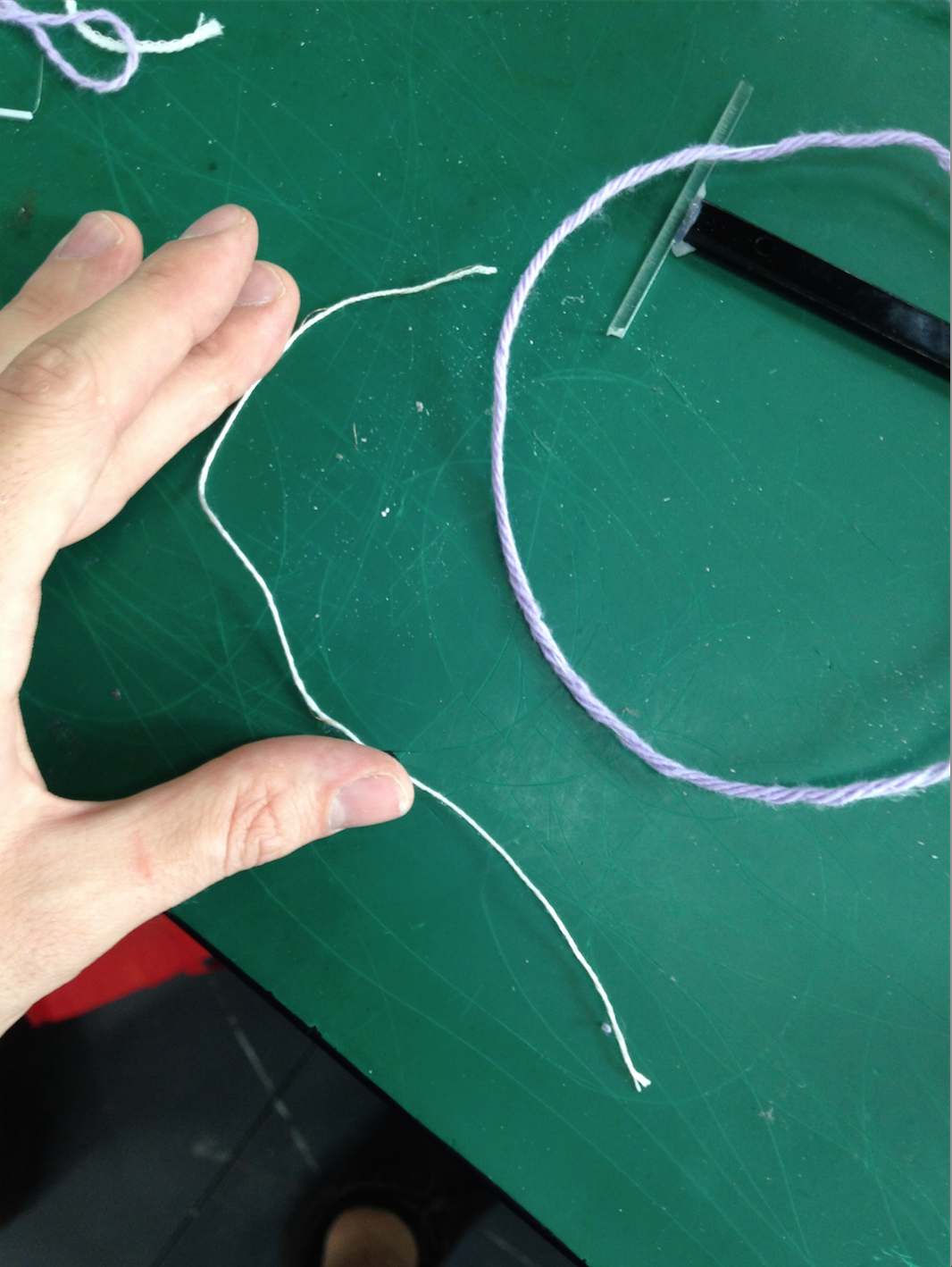
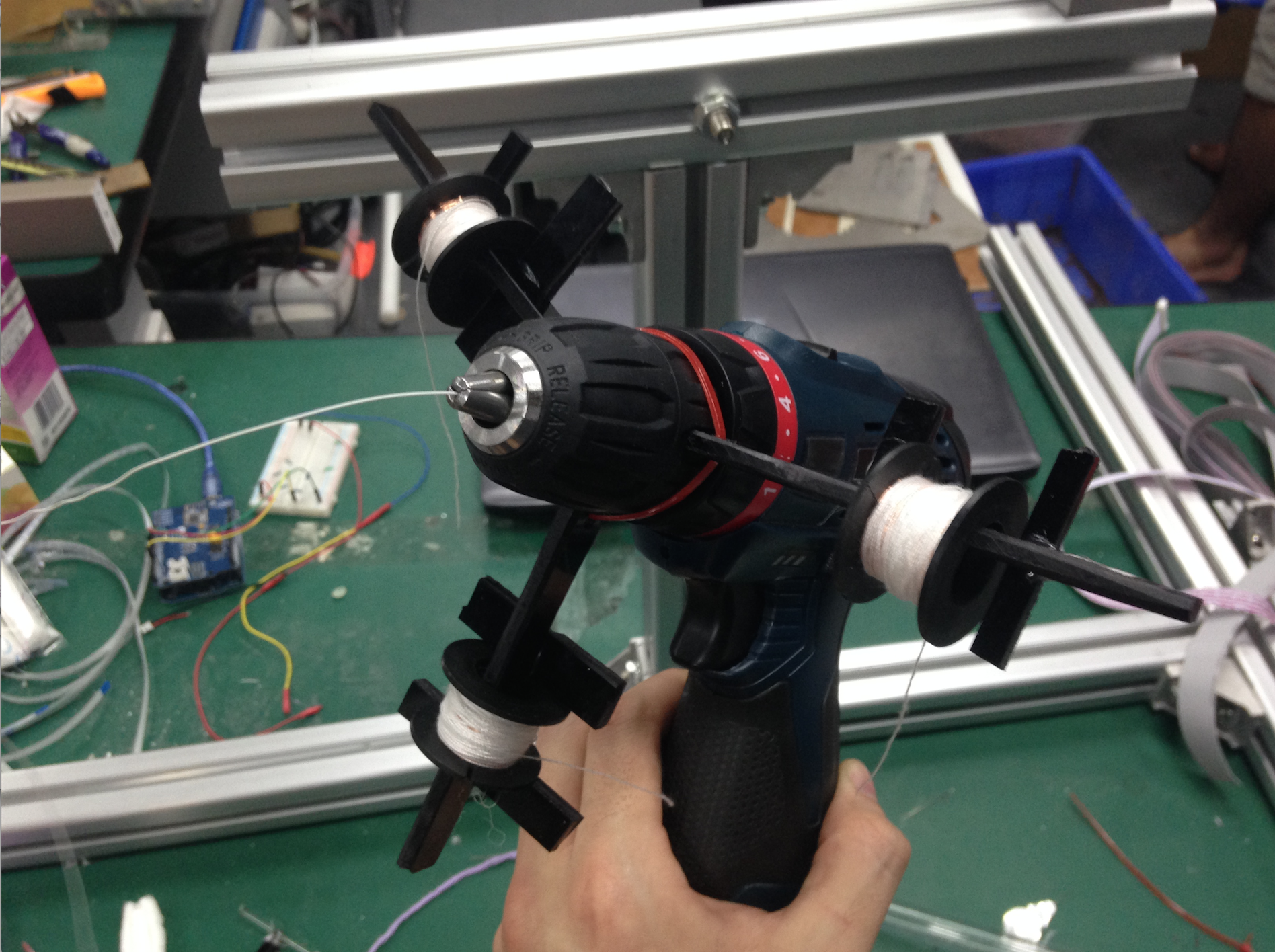
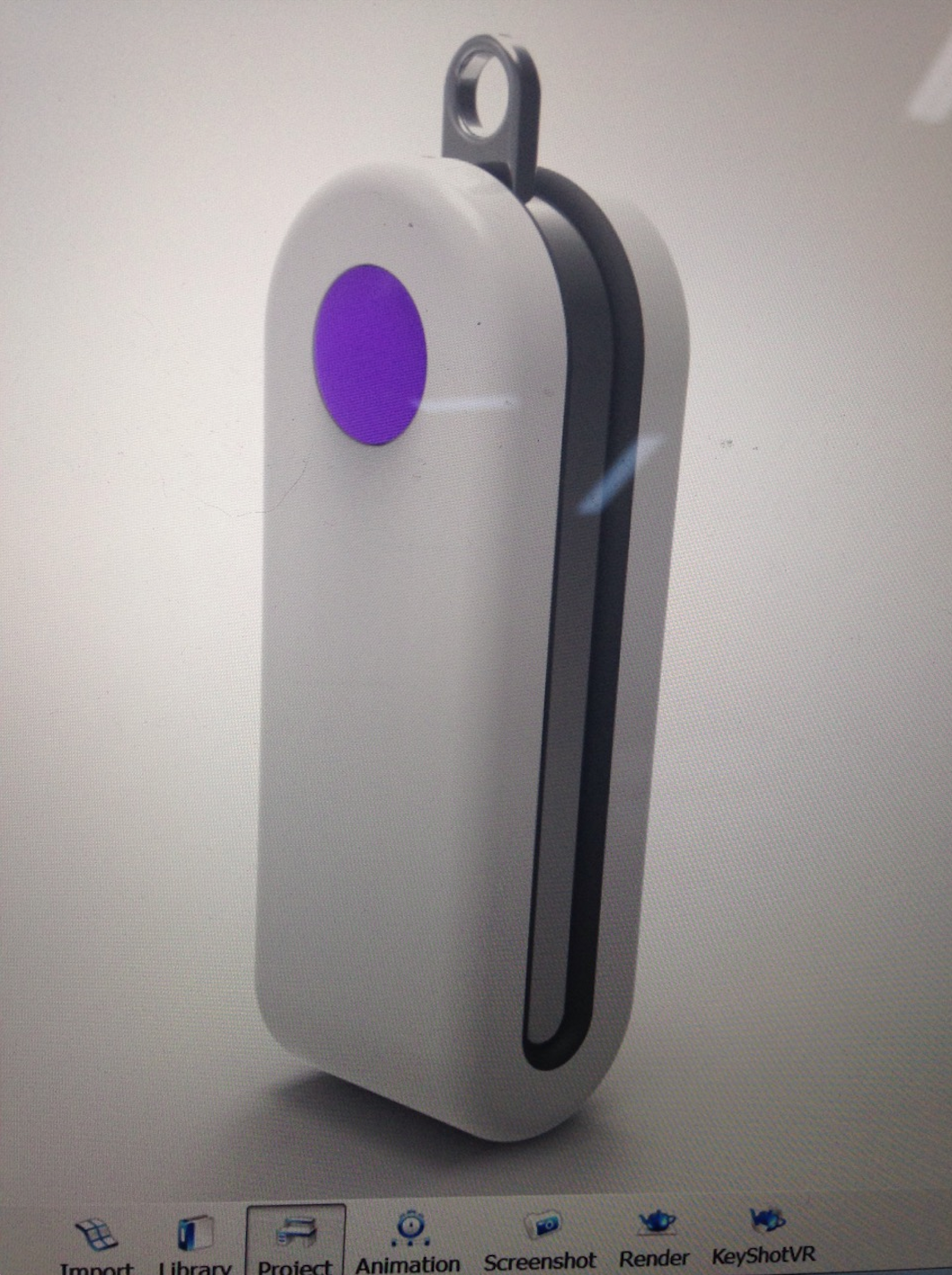
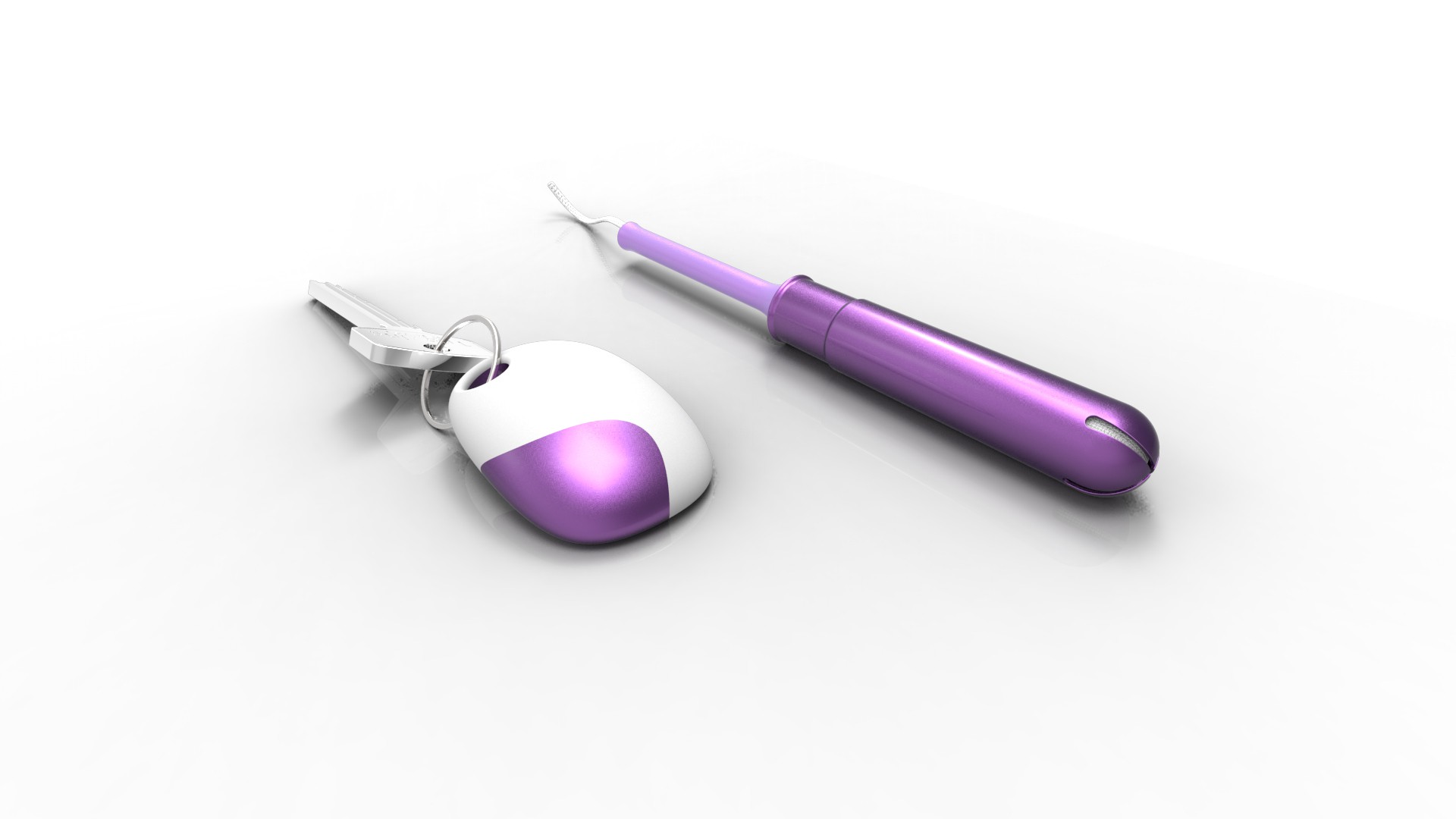
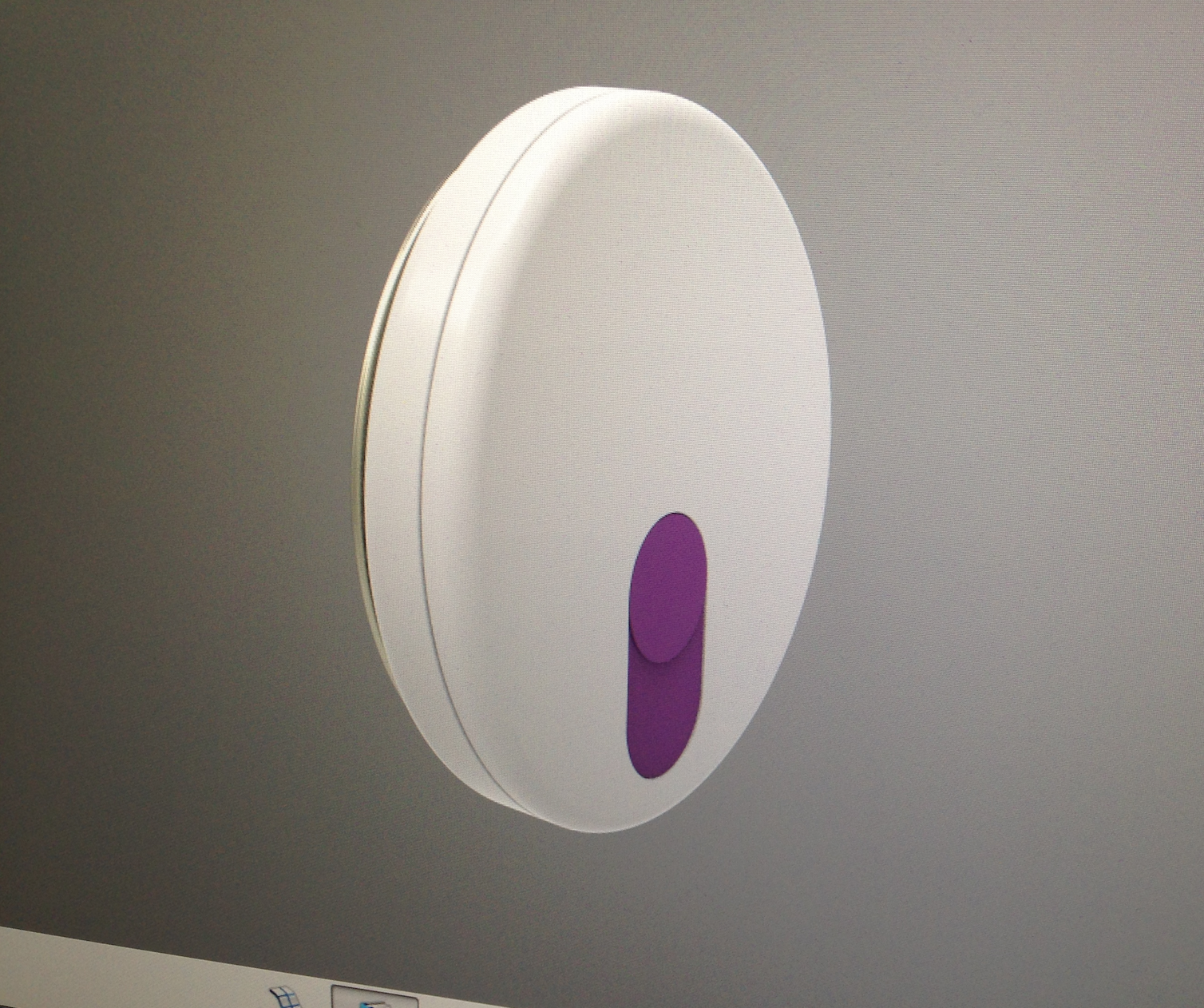
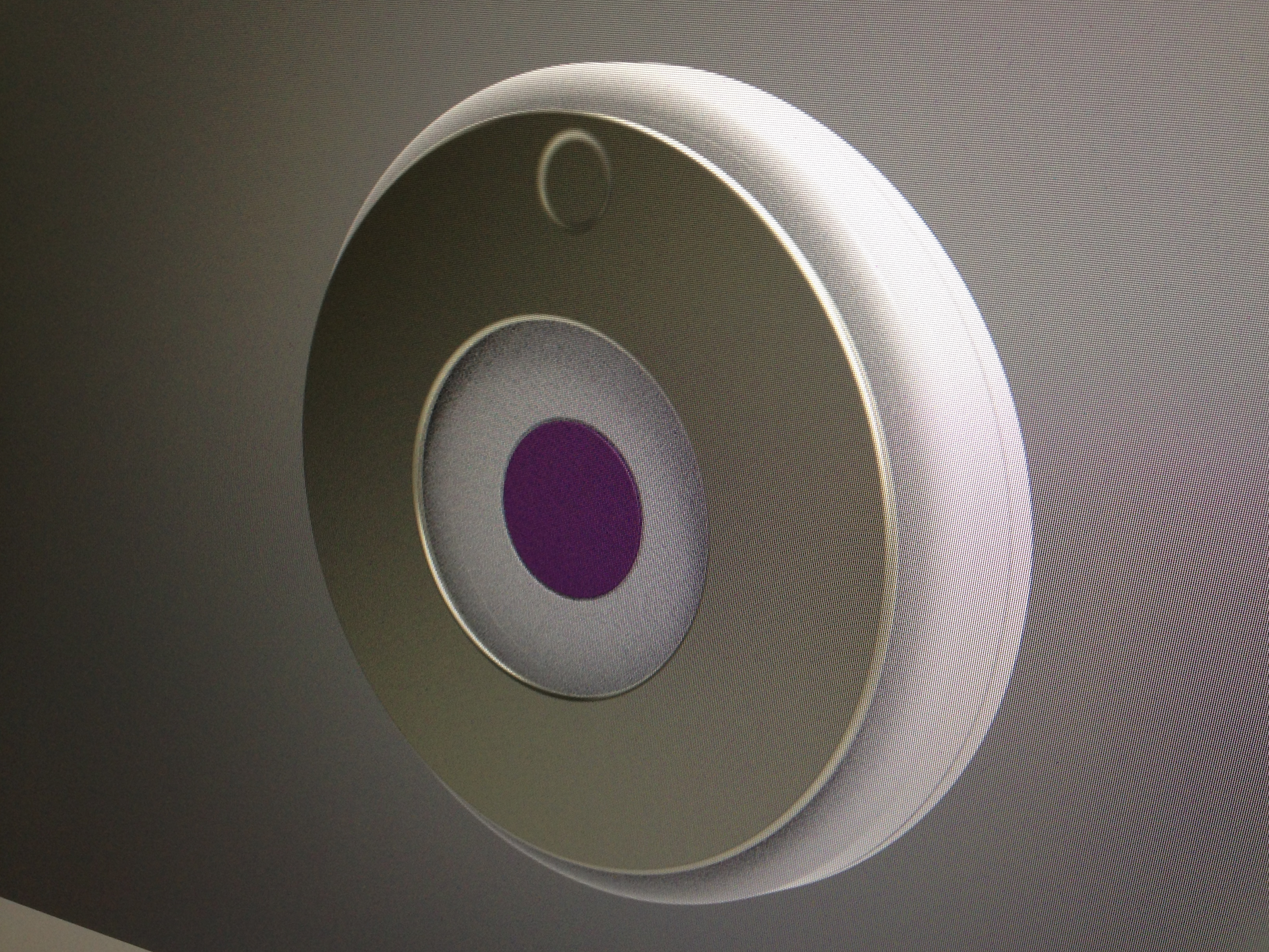
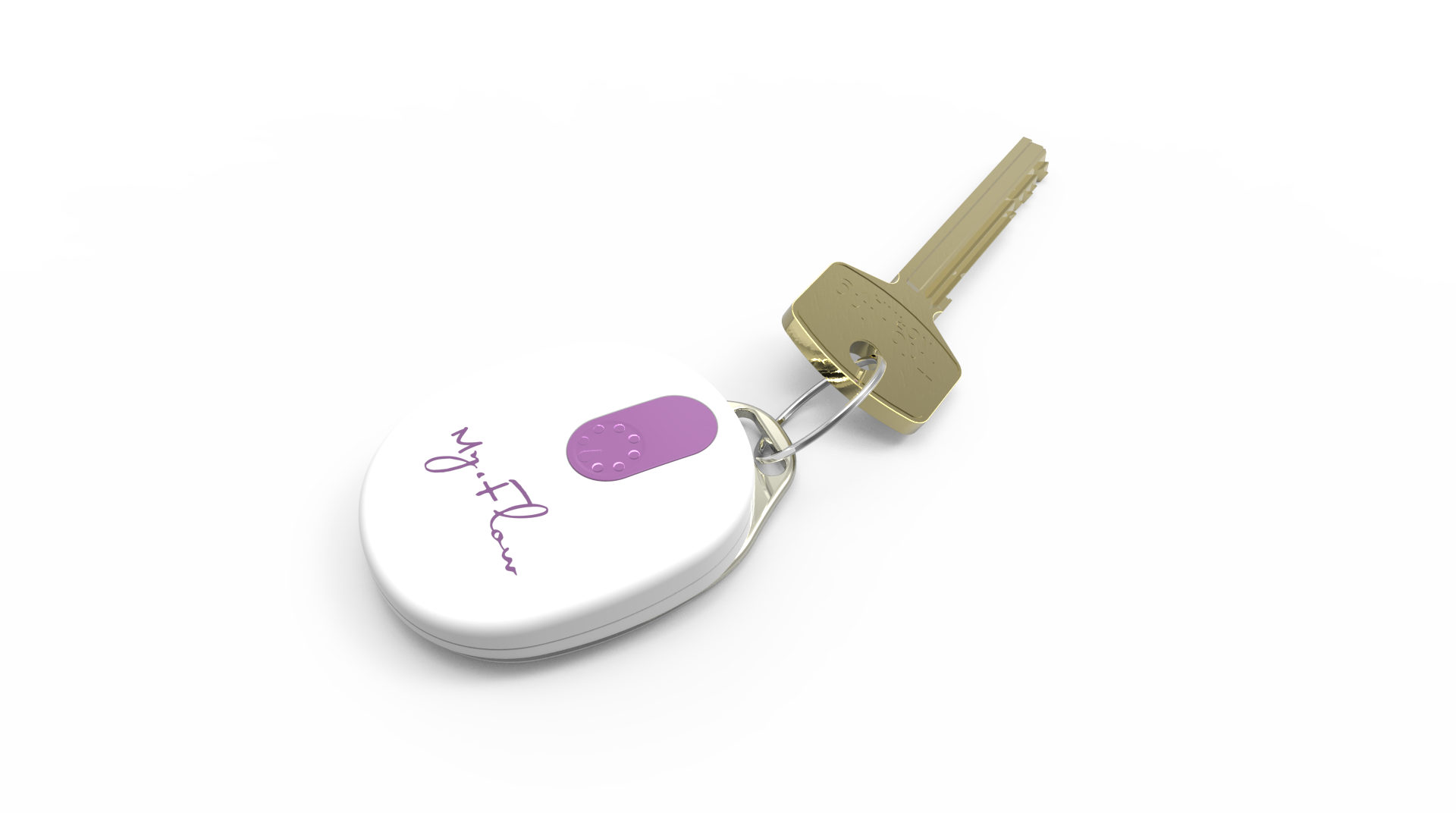
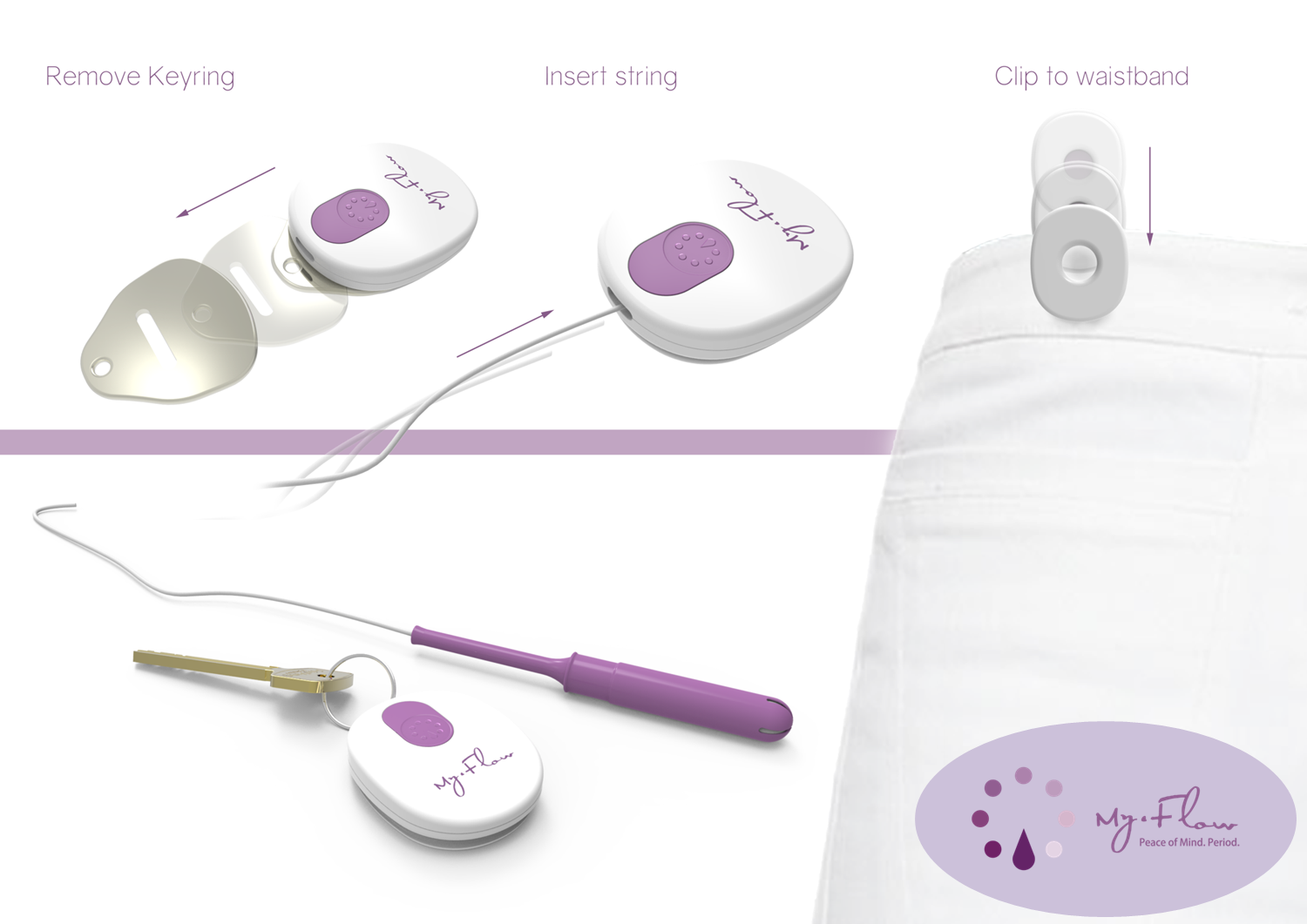




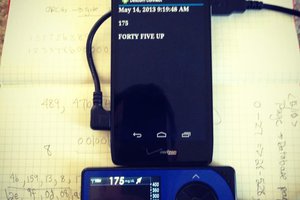
 John Costik
John Costik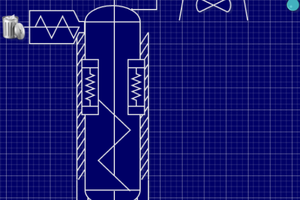
 Leonardo Zuniga
Leonardo Zuniga
 Vaibhav Chhabra
Vaibhav Chhabra
Have you discussed the sterilization strategies relevant to those sorts of things with groups that try this? I want this strategies used for my online female Quran teacher academy program. you can also see https://learnquranusa.com/female-quran-teachers